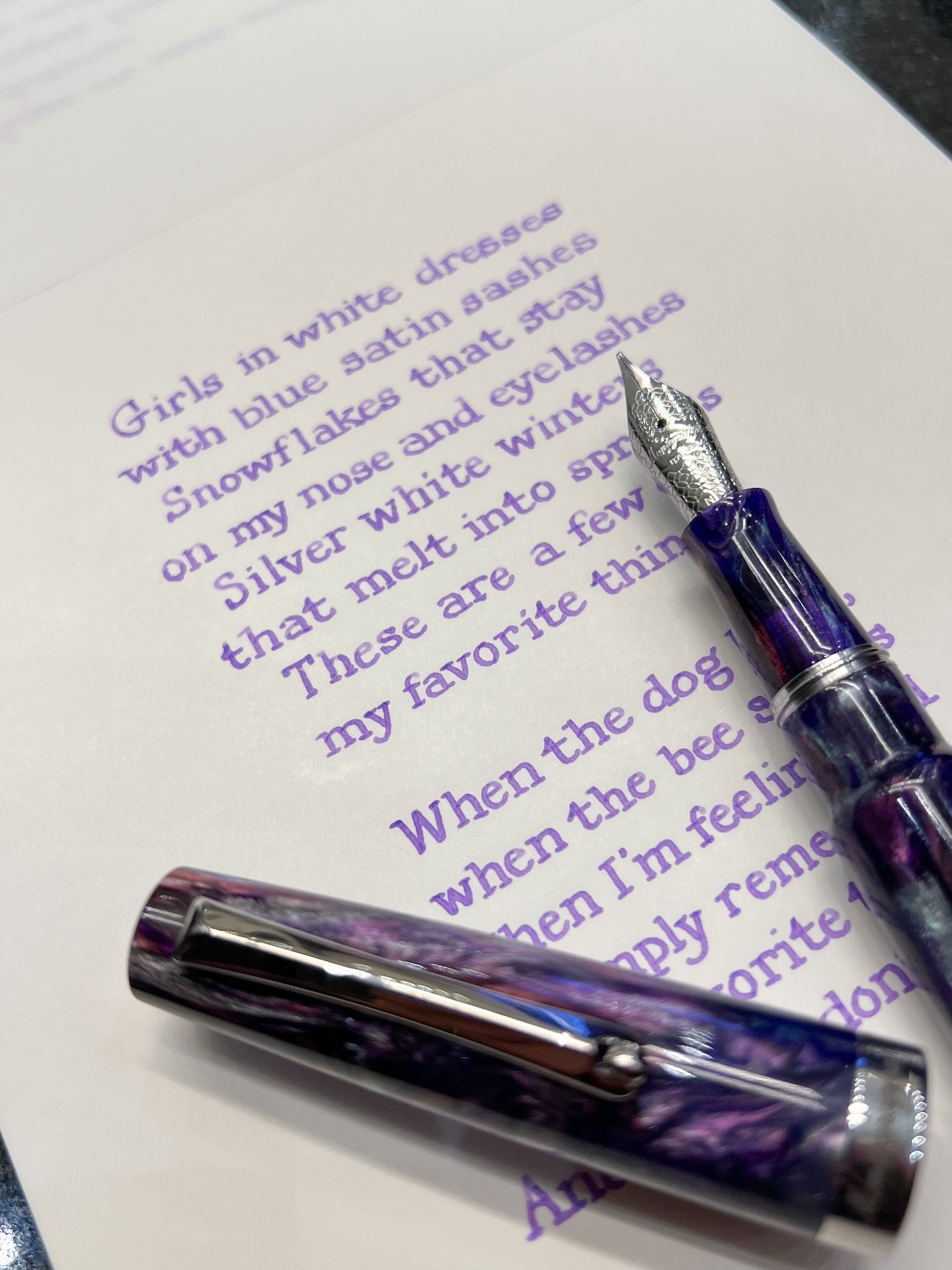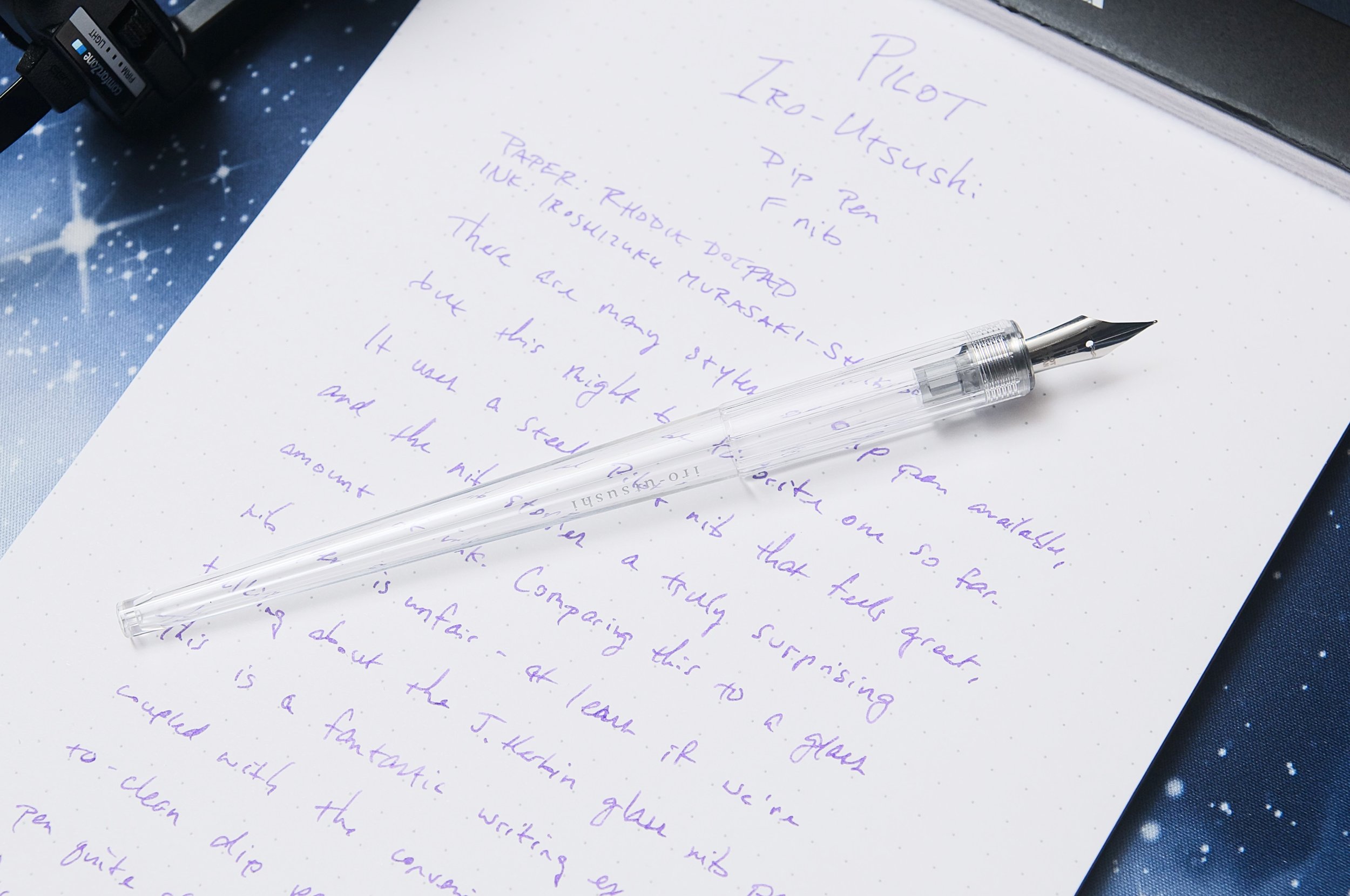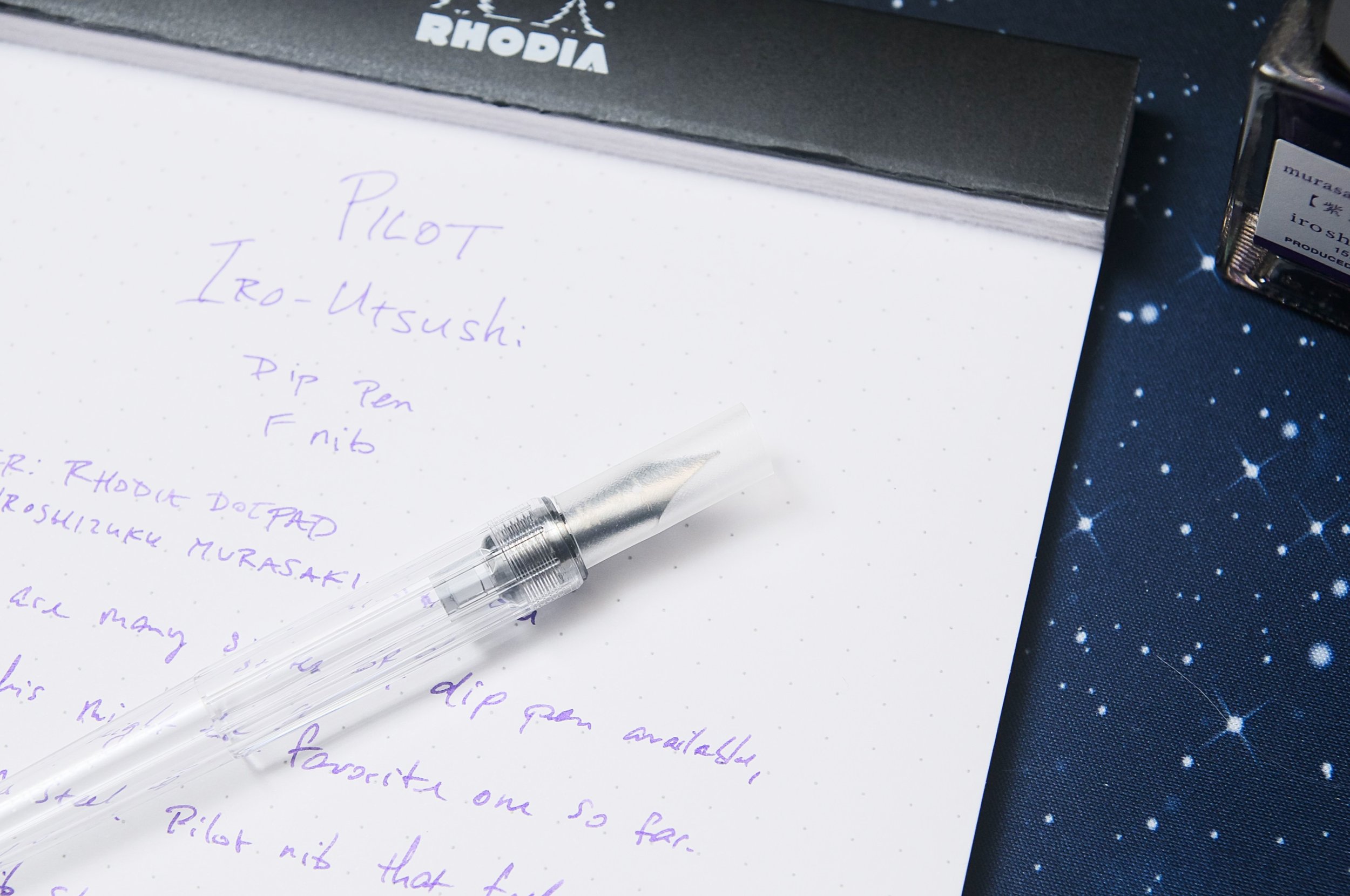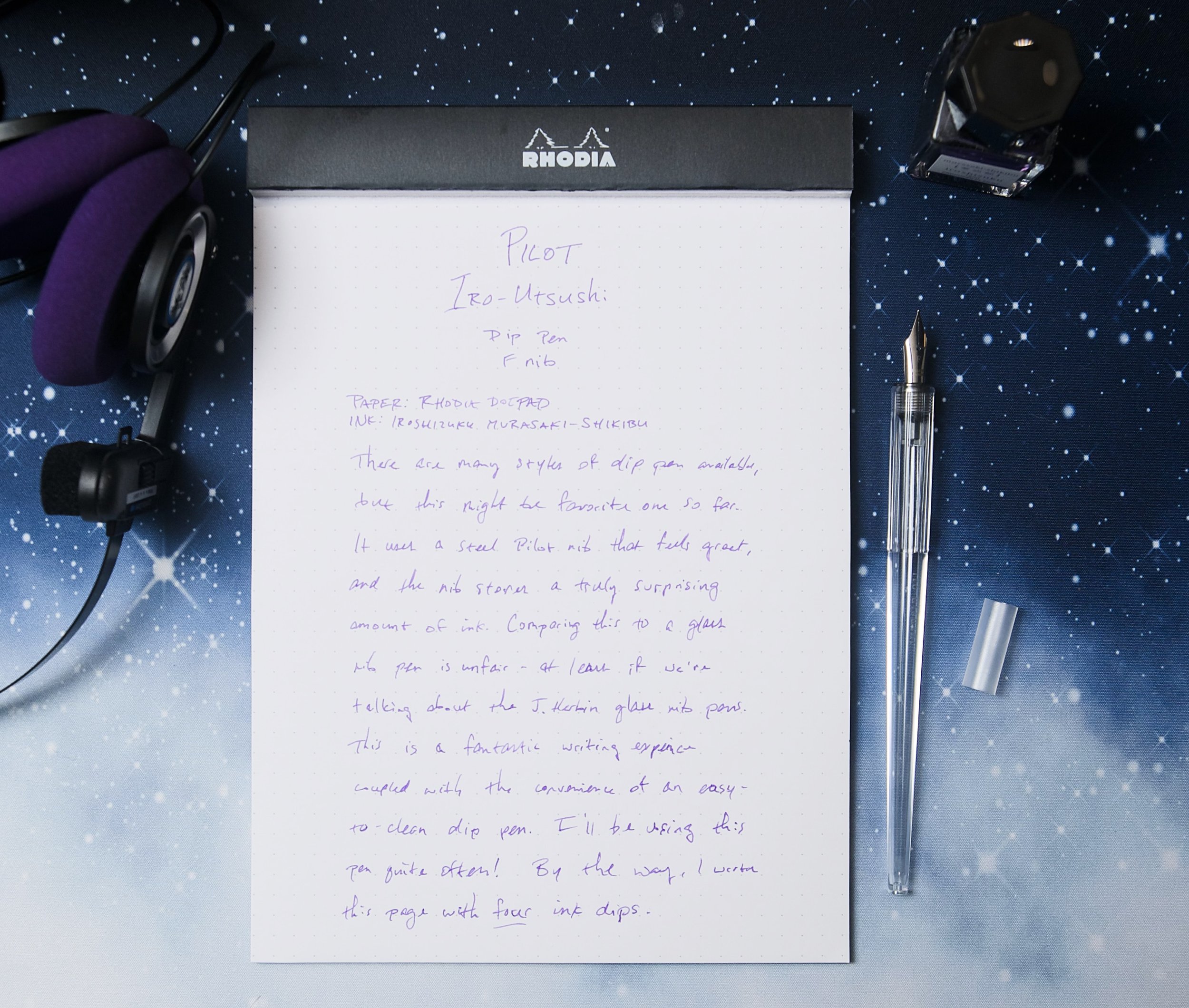When I think about having a pen that I can use all day, every day, I have a few boxes it needs to check:
— Goldilocks size: not too big, not too small
— Light, and balanced
— Comfortable grip section
— Great nib
— Cartridge/Converter filling system
The Pilot Silvern checks all of these boxes for me. It is also a stunner, which certainly helps its cause as the one pen that can do it all.
The Silvern came into existence around 1970, which, in my opinion, was Pilot’s heyday of design. Taking cues from the Pilot Elite, and later, the Pilot Custom, the Silvern blinged out those models with a Sterling Silver exterior barrel. It has been a staple of Pilot’s product lineup ever since, with the last several years seeing it used as a platform for unique design elements throughout the barrel.
My review pen is the Jaguar model, which features this cuddly beast on the prowl through the jungle. The level of detail shows off all its spots, as it sneaks through the palm leaves, trees, and bushes. It’s a fantastic scene laid out on the Sterling barrel, and something Pilot does well throughout the Silvern lineup.
The shape of the Silvern is torpedo-like, with slight tapers towards rounded ends. The grip section is black plastic, with a matching taper into what is one of Pilot’s knockout design elements in their inlaid 18K Gold nib. As great as the exterior barrel is, the entire pen comes together because of the nib. If they used a more traditional grip section and nib I don’t think the Silvern would pop off as much as it does.
I inked this pen with a Pilot Black ink cartridge, which is an easy match. That said, what ink color wouldn’t be a perfect match for the Silvern? My inclination is to keep it classic with Black or Blue Black, but bright colors like Green and Purple would look great, or even Brown and Yellow would complement the Jungle theme.
At the moment, the Silvern is available with Dragon and Turtle themed barrels, along with Jaguar. Additionally, there are two non-creature themes available, Ishidatami and Tsumigi, both classic Japanese patterns.
Cost-wise, they are expensive at $544, but relatively speaking, they are priced well. For a full-Sterling Silver exterior barrel and an 18K Gold nib, the Silvern brings a lot to the table compared to other pens in its price range. Add in fantastic designs and their limited nature (these are each an edition of 550.) And, if you are paying attention, they drop special editions outside of their normal lineup, such as this Pokemon model a few years ago.
Back to my checklist above, the Silvern has me covered. It doesn’t hurt that it is made by one of my favorite brands in Pilot. I’ve had one on my watch list for years, and it might be time to move it to the purchase list in 2025.
(Chatterly Luxuries loaned me this pen for purposes of this review.)
Enjoy reading The Pen Addict? Then consider becoming a member to receive additional weekly content, giveaways, and discounts in The Pen Addict shop. Plus, you support me and the site directly, for which I am very grateful.
Membership starts at just $5/month, with a discounted annual option available. To find out more about membership click here and join us!

































